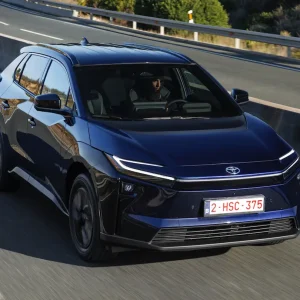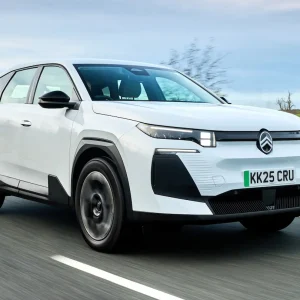It’s fair to say that the Kia Optima has hardly troubled the top of the fleet sales charts. Despite its smart looks and lengthy equipment list, the Korean four-door saloon has never truly captured the imaginations of company car drivers.
All that might be about to change however, as Kia is about to introduce two new versions of the Optima which should spark some more than moderate interest from company drivers. The first is the Sportswagon estate – a crucial addition when three-quarters of fleet sales in Europe in this class are load-luggers – and the second is this new PHEV plug-in hybrid.

You only need to take one look at the Mitsubishi Outlander to see what the addition of a PHEV to a car’s range can do and it’s no mistake that Kia has high hopes for the new £31,495 Optima. For the moment, the PHEV will only be available as a saloon, although a Sportswagon version is due towards the end of 2017.
Low costs
Unsurprisingly, the Optima’s figures make for very tempting reading. Officially it returns just 37g/km meaning a 7% BIK taxation in 2016/17, though that rises to 9% and 13% in 2017/18 and 2018/19 respectively as the Government turns the thumbscrews on hybrid drivers. Until then however, Kia estimates the savings could be up to £200 per month compared to an equivalent turbo-diesel Optima.

There’s also an official 176.6mpg average fuel economy (we managed a respectable 59.1mpg on the road with the aircon on throughout) a 0 to 60mph time of 9.4 seconds and a 121mph top speed from the combined 202bhp of the 2.0-litre petrol engine and 50kW electric motor.
For fleet operators there’s obviously other advantages including the 100% capital write-down allowance for the first year, reduced National Insurance payments and also being exempt from the London Congestion Charge. It’s little wonder that Kia expects fleet sales for the PHEV to treble from 25% on the standard Optima to 75% for the PHEV.
On the road
The Optima PHEV drives much like its traditionally-powered stablemates. It feels noticeably heavier on the road (and tips the scales some 190kg more than the diesel), but otherwise the driving experience hasn’t changed that much. That means it’s pretty inoffensive, rides well and engine and road noise are kept well suppressed from the cabin. The bad news is that it remains a largely clinical driving experience.
Inside, there are the usual displays showing which part of the car’s powerplant you’re using (on a full charge it can do 33 miles in electric mode and has a 600 mile total range) while the switch between them is seamless. We’d perhaps like to be able to vary the regenerative braking a little as on some EVs, but otherwise it’s hard to fault. A full recharge takes between three and six hours.

Ultimately, much of the Optima’s PHEV appeal will come from those hoping to substantially reduce their tax bills. As Mitsubishi has found, being early to the market with this technology has proved a huge sales success and it’s hard not to imagine this Optima doing much the same. Watch this space, the Kia Optima PHEV might just be troubling the top of those fleet sales charts yet.
Kia Optima PHEV |
|
| Model price range | £31,495 (after £2500 plug-in grant) |
| Fuel consumption | 176.6mpg |
| CO2 (tax) | 37g/km (7%) |
| Warranty | 7yrs/ 100,000 mls |
| Boot space | 307 litres |
| Engine size/power | 1998cc + 50Kw electric motor/202bhp |
Read more:
Kia to unveil next-gen Rio supermini at Paris
Kia sets out ambitious green targets for 2020
Kia Niro 1.6 GDI HEV 2 Test Drive Review
Kia Sportage 1.6 T-GDI GT-Line Test Drive Review





